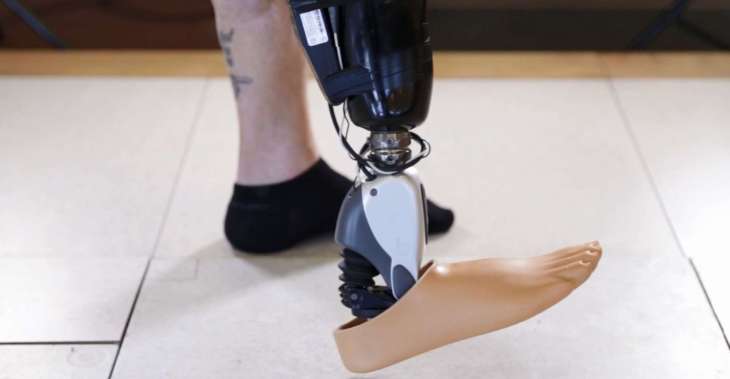A friend growing up had a combination of prosthetic legs that replaced the limbs he’d been born without pretty admirably, using a combination of hydraulics and mechanical joints, but without any real smarts and so with considerably limitations (he drove using steering wheel-mounted controls rather than foot pedals, for instance). The prosthetic market has changed quite a bit in the intervening 15 years or so between then and now, but we may be on the verge of a much more significant leap – the advent of true, real life-ready brain-controlled artificial limbs.
While there’s been no shortage of stories about prosthetics wired into, and controlled by, a wearer’s central nervous system, most of these have been examples coming out of highly artificial settings; the lab is one thing, but the rigors and variances of everyday living is another entirely. Today, though, Icelandic company Ossur (via PopSci) is entering into large-scale clinical trials of its brain-controlled prosthetics, including the Proprio foot, which use implanted myoelectric sensors to link up thoughts and robotic limbs.
Ossur’s tech is so advanced that with minimally invasive surgery (completed in 15 minutes), patients can control their limbs in such a way that lag between impulse and action are indistinguishable, making for an experience that actually helps improve the performance and health of existing muscle and biological limbs, since wearers are able to achieve something much more like natural movement than had been possible with other, lower-tech prosthetics.
The solution from Ossur has other practical advantages, including the fact that the implanted sensors require no batteries or additional power and are designed to be a lifelong asset that requires no periodic replacement. It has already proved very successful in extended small-scale testing, and this large-scale trial kicking off fits Ossur’s vision of bringing the device to the broader market sometime in the next three to five years.
